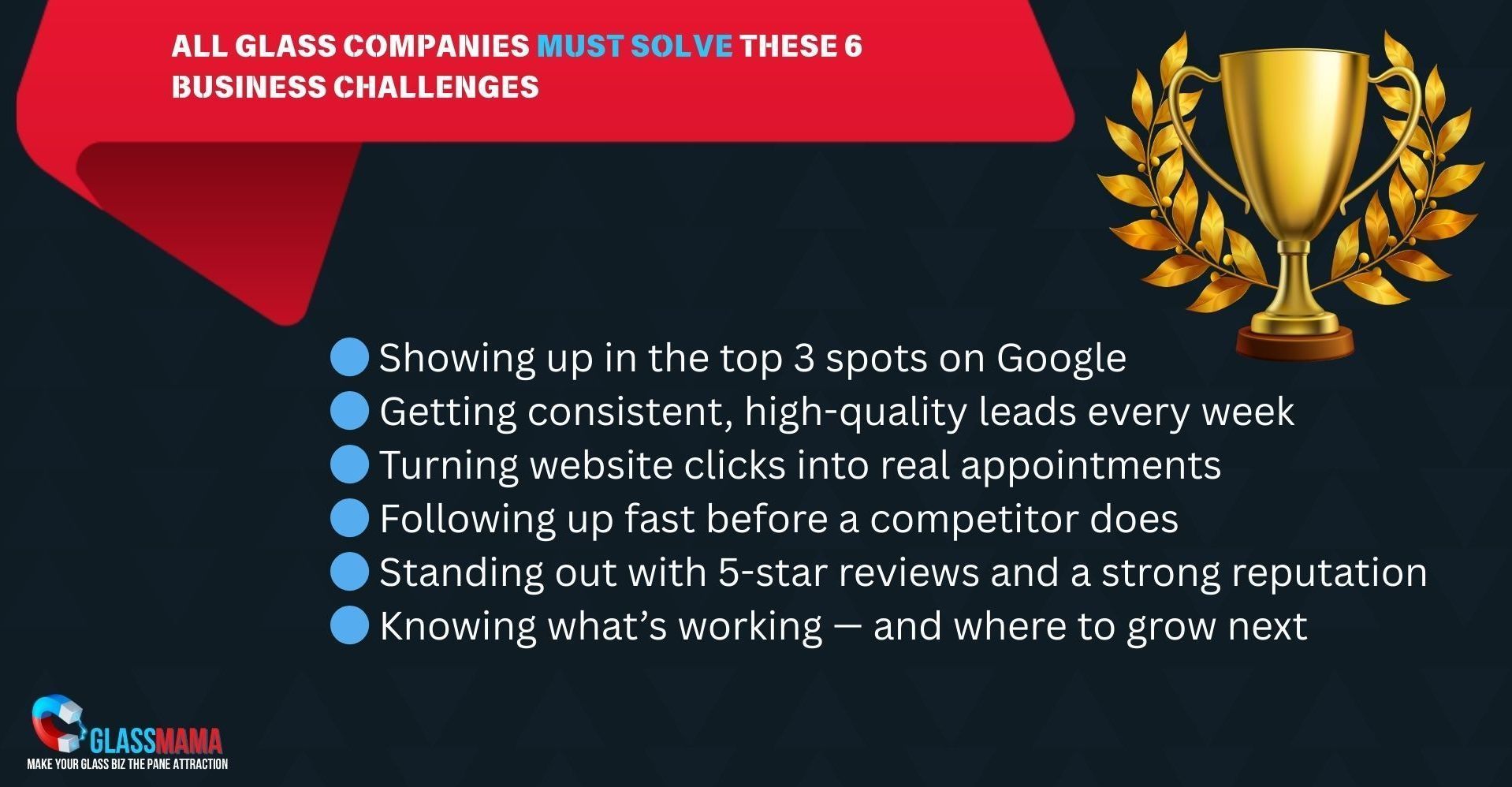Competitive Pricing Strategies for Glaziers: Maximize Profit Without Losing Customers
A Comprehensive Guide to Pricing Services Effectively for Residential and Commercial Glass Businesses

Pricing your services competitively without sacrificing profit is an art that every growing business must master. It influences your immediate revenue and shapes your brand perception, customer loyalty, and long-term scalability. Here's how to strategically price your services for competitive advantage, profit optimization, and sustainable growth.
Understand Your True Costs
Begin by clearly understanding all your business costs—both fixed and variable. Fixed costs include rent, salaries, insurance, and utilities, while variable costs cover materials, labor directly tied to service delivery, and transactional expenses. Don't underestimate hidden costs like software subscriptions, marketing expenses, or client acquisition costs.
When you fully grasp your baseline costs, you can set pricing that ensures profitability rather than guessing blindly and hoping margins will pan out.
Analyze Your Market and Competition
Market research is crucial. Evaluate competitors offering similar services and dissect their pricing models. Understand the value they promise versus the prices they charge. Are they targeting premium customers, mass-market affordability, or specialized niches? Analyze customer reviews and feedback to pinpoint weaknesses and opportunities in competitors' pricing strategies.
Leverage this data to undercut rivals and offer superior value, differentiating your services through quality, expertise, convenience, or reliability.
Value-Based Pricing: Sell Results, Not Hours
Adopt value-based pricing by anchoring your rates to the results or value your clients achieve from your services, rather than simply time spent or resources used. Clients will pay premium prices if they clearly understand the ROI they're getting. For example, if your marketing services lead to increased client revenue or significant customer acquisition, price your offerings according to these high-impact outcomes.
Tiered Pricing and Packages
Developing a tiered pricing structure allows clients to select the level of service that best matches their budget and needs, thus maximizing your profit potential across diverse client segments. Entry-level offerings capture budget-conscious clients, mid-tier packages appeal to mainstream demand, and premium options serve high-value customers seeking extensive results or personalized attention.
This approach not only boosts revenue by upselling but also communicates clear value distinctions, reducing client hesitations and enhancing their buying confidence.
Use Psychological Pricing Strategies
Psychological pricing methods, such as charm pricing ($299 instead of $300), bundle pricing, or anchoring (positioning premium services next to affordable ones to highlight value), can subtly encourage clients to perceive your services as valuable yet accessible. These minor adjustments in pricing strategy can significantly impact customer perception and increase conversions without compromising profitability.
Regularly Test and Optimize Pricing
Pricing is dynamic. Regularly review your pricing models based on data from customer behavior, market trends, and internal profitability metrics. Employ A/B testing to gauge customer responses to different price points or promotional offers. This iterative process ensures your pricing remains competitive, responsive to market shifts, and consistently profitable.
Link Pricing to Growth and Scaling
Pricing strategy should align seamlessly with your growth and scaling objectives. Consider slightly lower profit margins on initial offerings if they reliably lead to upselling opportunities or long-term client retention. Similarly, invest part of your profit margin into marketing and client acquisition to expand your market presence, enhance brand recognition, and ultimately drive higher overall revenues.
For businesses looking to leverage powerful local visibility strategies, optimizing your Google Business Listing can dramatically increase your competitive edge. Learn more about it here.
Communication and Transparency
Clearly communicate your pricing and the value your customers will receive. Transparent, straightforward pricing eliminates uncertainty, reduces objections, and helps build trust and loyalty—key ingredients for sustainable growth.
Conclusion
Competitive pricing is not about being the cheapest; it's about offering exceptional value that resonates clearly with your target market. By strategically assessing your costs, understanding market dynamics, leveraging value-based pricing, and continuously optimizing your pricing structures, you position your business for healthy profits, steady growth, and robust scalability. With a well-crafted pricing strategy, you can confidently attract, convert, and retain customers while steadily expanding your market footprint.

